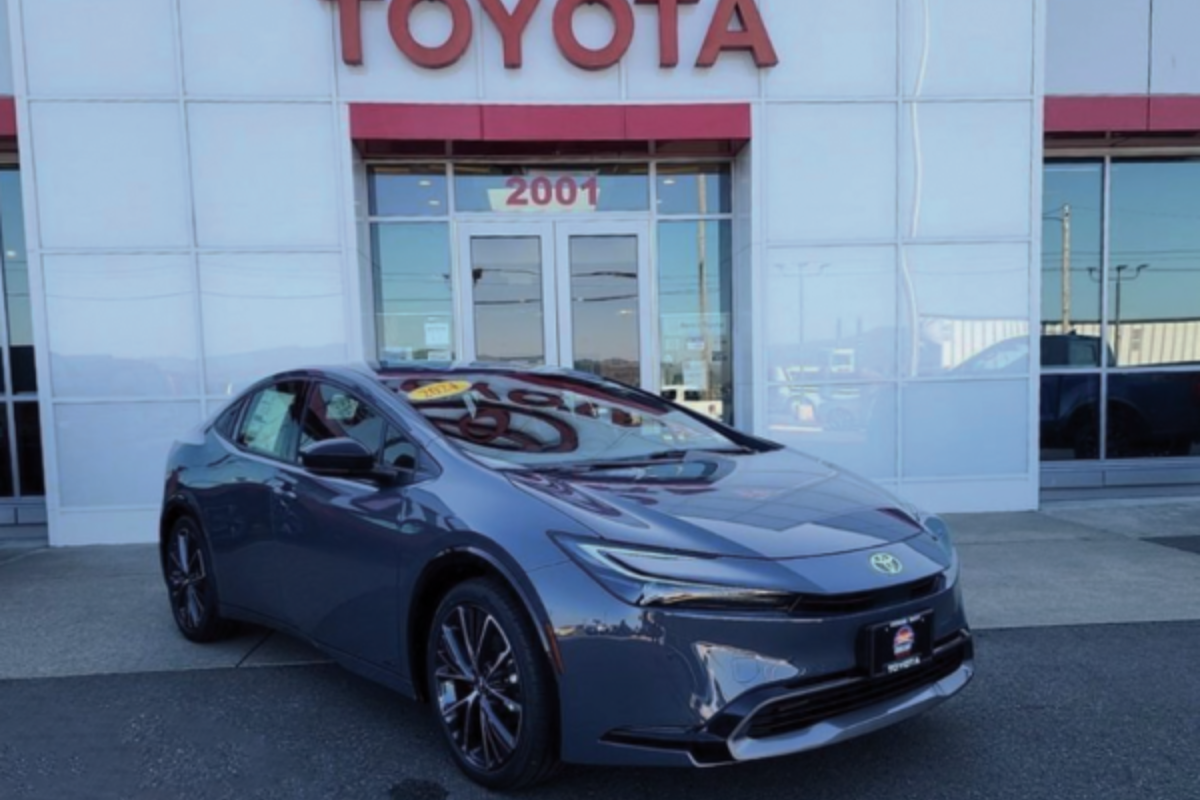With the world racing toward a greener future, people are leaning towards hybrid cars rather than electric vehicles (EVs).
In 2023, hybrid vehicle sales surged by 65%, while EVs saw a much smaller gain of 46%, according to data from Edmunds. Hybrid vehicles, which combine traditional gasoline engines with electric power, give buyers many of the same benefits as electric vehicles, including lower fuel costs and less pollution. They also eliminate the worry of finding a charger and the challenges of charging during power outages.
Americans are becoming more hesitant to buy EVs. According to a Gallup poll, 44% of American adults say they’d consider buying an EV in the future, down from 55% last year. However, EV mandates are still rolling out nationwide, such as California’s mandate that forces all new passenger cars, trucks, and SUVs sold in California to be zero-emission vehicles by 2035.
Rather than focusing on zero emissions, the government agencies should create greater incentives for more fuel-efficient hybrids. Hybrid vehicles can serve as a stepping stone to bring the world to zero emissions. As of now, EVs have too many drawbacks for them to be the only cars being sold.
One of these drawbacks is access to fast charging stations (other than Teslas, which have a more extensive charging network). According to Consumer Affairs, there are approximately 135,000 Level 2 stations, which provide a full charge in four to six hours. If you have time to kill, this is fine, but if you want fast charging or are driving a long distance, you need a Direct Current Fast Charge (DCFC) station. There are only 37,752 DCFC stations, making them harder to find, but they provide a full charge in 20 to 60 minutes. While the number of public charging stations in the U.S. is growing, they are predominantly Level 2 ports that aren’t capable of fast charging.
Another drawback is that EVs are more expensive than hybrids, despite recent price drops of EVs by 15%. For a compact car, like a Honda Civic, the average gas model costs $26,301, while the average EV model is $34,538. Many believe that EV prices are dropping because the cars are becoming easier to produce, but they fail to realize that prices are falling partly because EV sales have hit a plateau. The demand for EVs is falling, so their prices need to decrease in order for them to sell. However, the sticker price of EVs is still higher than that of gas-powered cars.
Another worry about zero-emission cars is that drivers cannot charge the car without electricity during power outages. EV drivers can use other, more complicated, methods to charge their cars, but it can be difficult during heavy storms and hurricanes.
Hybrids aren’t perfect, though. Having both a gas-powered and electric power system creates more maintenance challenges. The cost to operate a hybrid is slightly higher than an EV because it uses gas, which is more expensive than fully running on electricity.
Even with the drawbacks, hybrid cars still have many benefits. Most hybrid SUVs get over 35 mpg, and hybrid sedans usually get over 45 mpg, which is around 40% better fuel efficiency than non-hybrids. According to Splend, hybrids use around half the fuel of a gas car with similar size and power.
If automakers had greater incentives from the government to develop more fuel-efficient hybrids, we could start seeing cars that get up to 100 miles per gallon. This would reduce range anxiety for many drivers and still benefit the environment.












